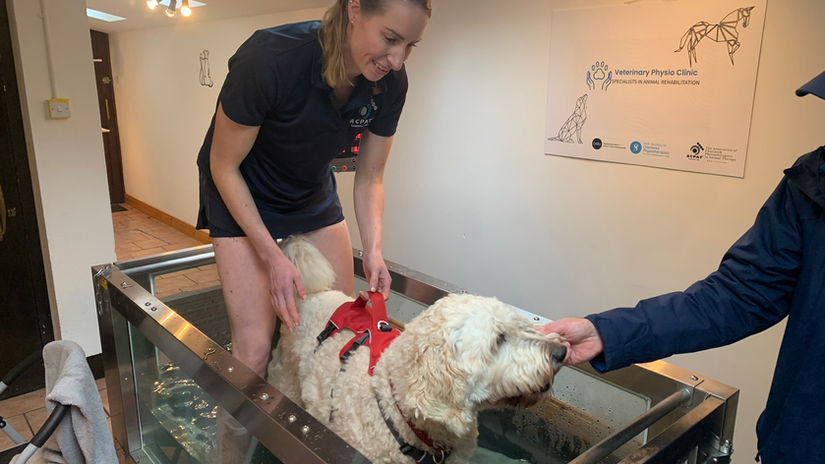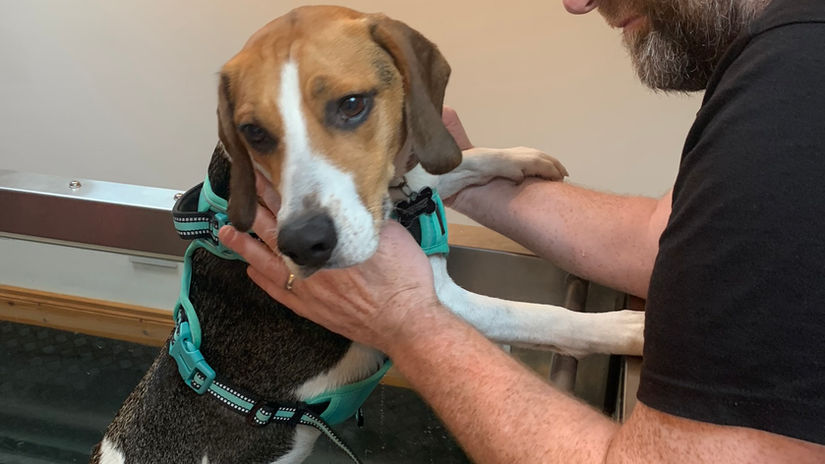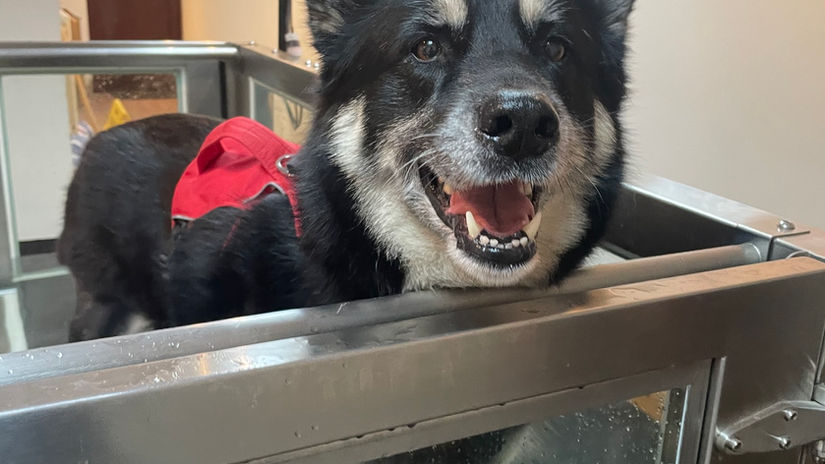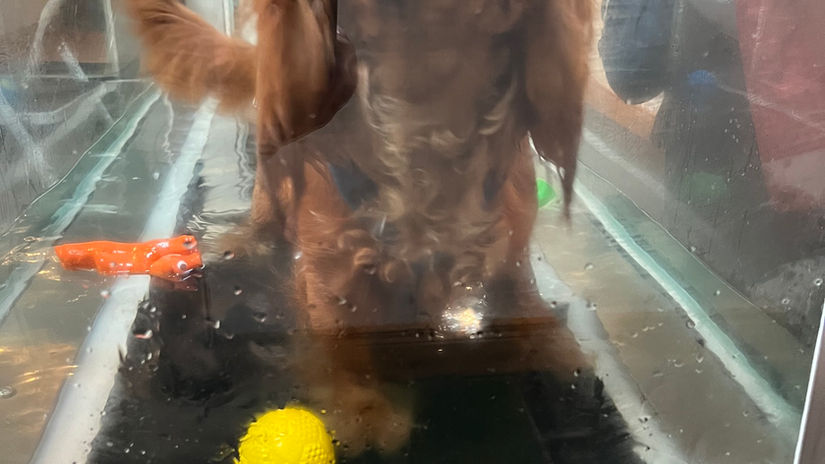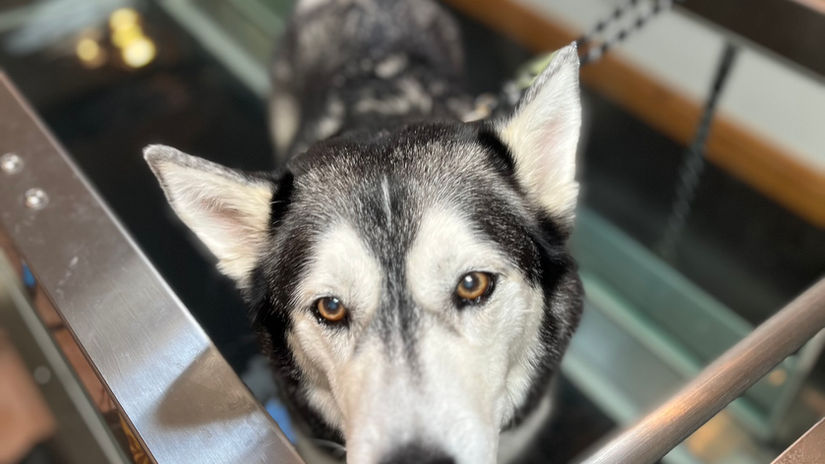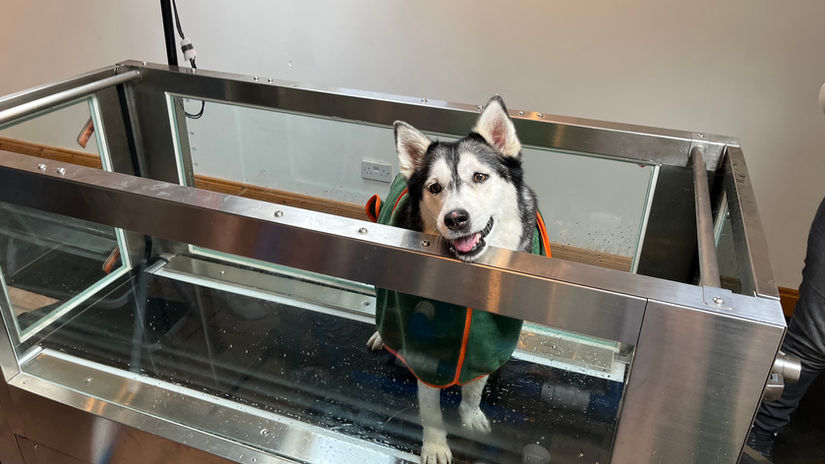What is Physiotherapy?
Physiotherapy is the process of restoring movement and function to individuals, focusing on both physical recovery and overall well-being.
It involves a comprehensive, evidence-based assessment and clinical reasoning to determine the most appropriate interventions and treatments for each patient. This approach considers not only physical factors but also psychological, emotional, and social aspects of a person's health and recovery.
The primary goal of a physiotherapist is to achieve functional outcomes by identifying and addressing any existing or potential impairments, activity limitations, participation restrictions, environmental influences, and abilities or disabilities. Veterinary physiotherapy applies the same evidence-based principles from human physiotherapy to improve the health and mobility of animals.
To know if your dog or horse need Physiotherapy:
What does physiotherapy involve?
Physiotherapists use physical interventions, such as manual therapies, specific motor retraining, exercise prescription, hydrotherapy and electrophysical agents, in conjunction with education and advice to restore function and quality of life.
Treatments are selected to manage sensory and motor disturbances and provocative factors in work or sport for functional improvement and activity-specific performance rehabilitation.
Selection of the appropriate combination of techniques is based on clinical reasoning, assessment and reassessment of the patient.
Reassessment of improvement following treatment dictated by objective outcome measures.
How to tell if your dog or horse needs physiotherapy:
Our Services
It involves a range of physical therapy techniques to aid in the recovery from injury, surgery, or degenerative conditions like arthritis and hip dysplasia.
It involves non-invasive techniques aimed at treating musculoskeletal injuries, improving mobility, preventing injury, and optimizing athletic performance.
The buoyancy, resistance, and warmth of water create a low-impact environment that supports joint movement, reduces pain, and encourages muscle strengthening without putting stress on the body.
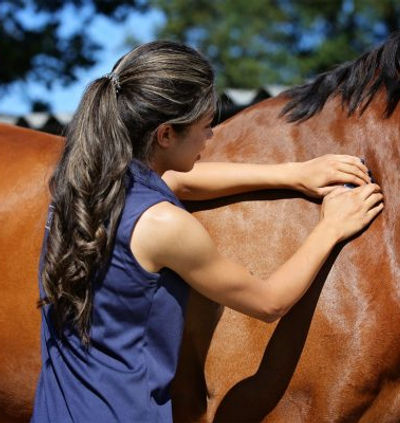
Why Choose a Chartered Physiotherapist?
-
A professionally medically trained physiotherapist has highly developed manual skills, based on their training with verbal feedback from their human patients.
-
For many equine musculoskeletal disorders, there will also be an impact of the rider and the ability of the physiotherapist to professionally assess the rider as well as the horse cannot be underestimated.
-
Chartered physiotherapists examine movement and posture. Their expertise is developed by having an in-depth knowledge of anatomy, biomechanics, pathology and physiology which enables them to assess and treat different problems.
-
The Physiotherapist is a key facilitator of multidisciplinary team which predominantly consists of veterinarian, farrier, saddler, dentist, trainer, physiotherapist, handler and rider.
Gallery
Regulations and the Team Approach
The title ‘physiotherapist’ is protected by law and regulated by CORU (Irelands multi-profession health regulator) and ISCP (Irish Society of Chartered Physiotherapists) and as such may only be used by individuals who are registered with the respective government body.

Common Conditions Treated
Post operative orthopaedic surgery cases.
Spinal pain
Tendon and ligament muscle strains
Muscle atrophy
Nerve damage
Arthritic stiffness
Cruciate ligament disease or injury
Hip Dysplasia
Elbow dysplasia
Luxating Patella
Intervertebral disc disease
Fibrocartilaginous embolism (FCE)
Degenerative myelopathy (DM)
Vestibular disease
Geriatric care and conditioning
Weight management
Routine maintenance of horses and dogs

